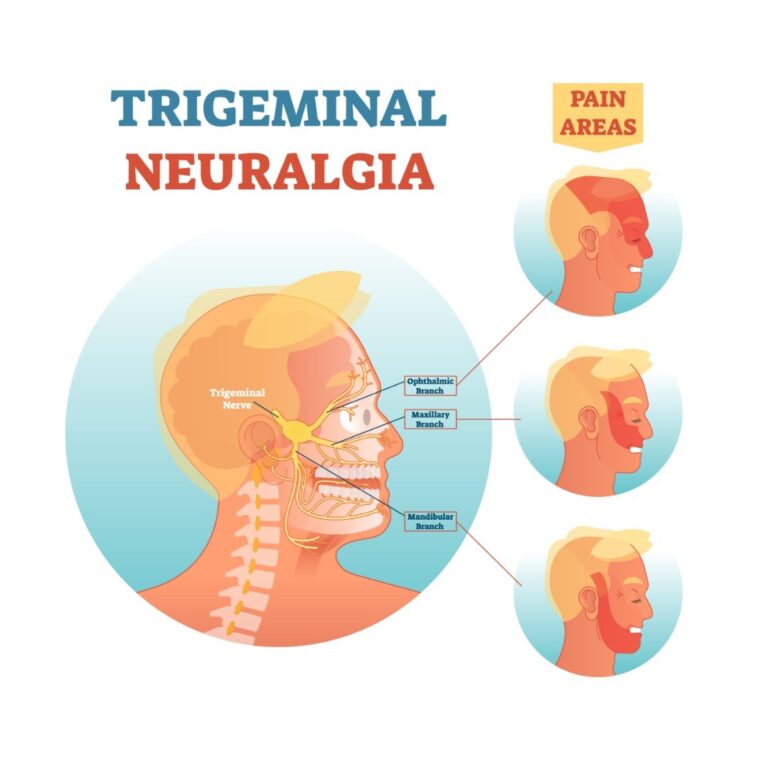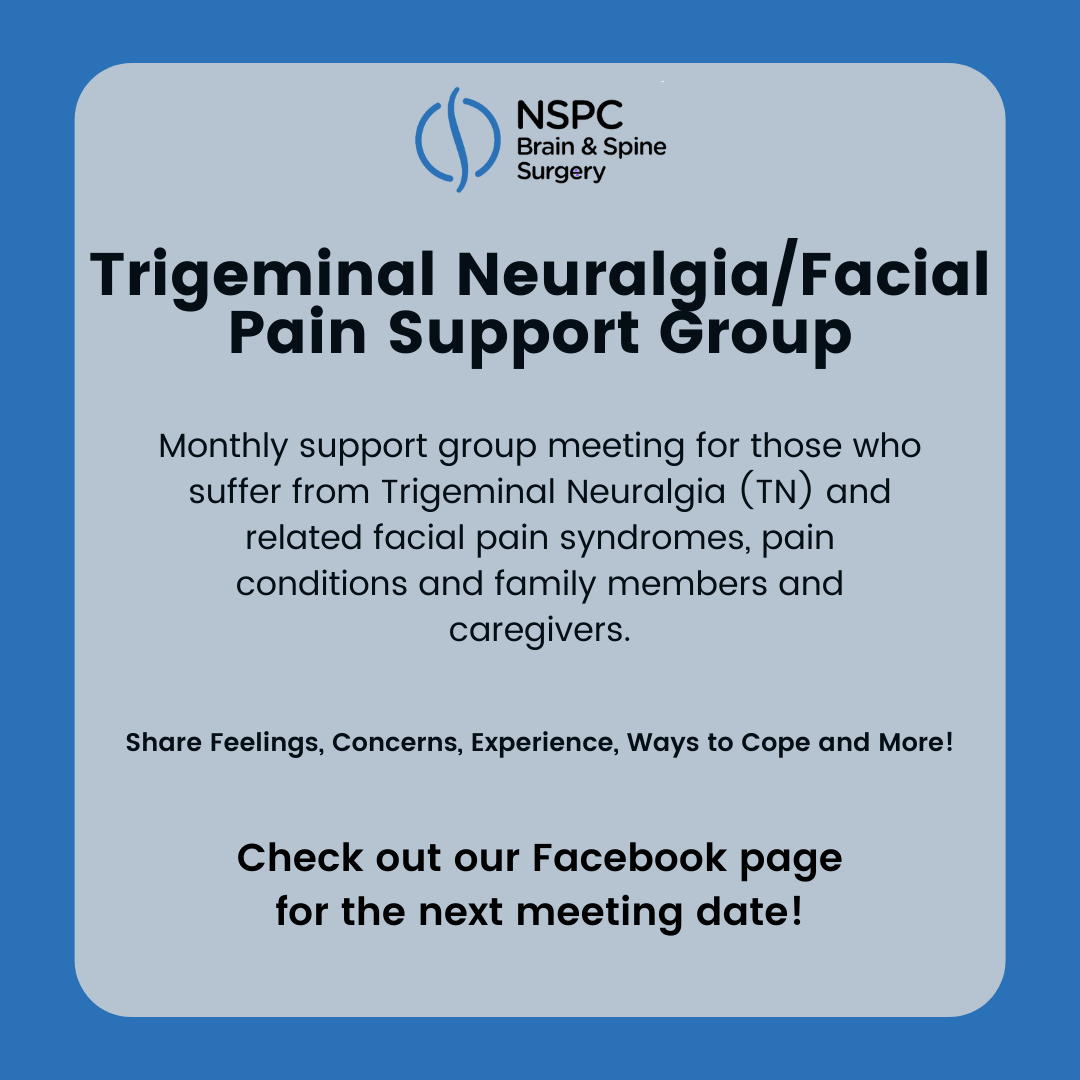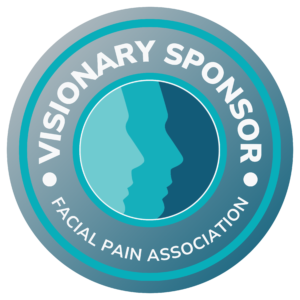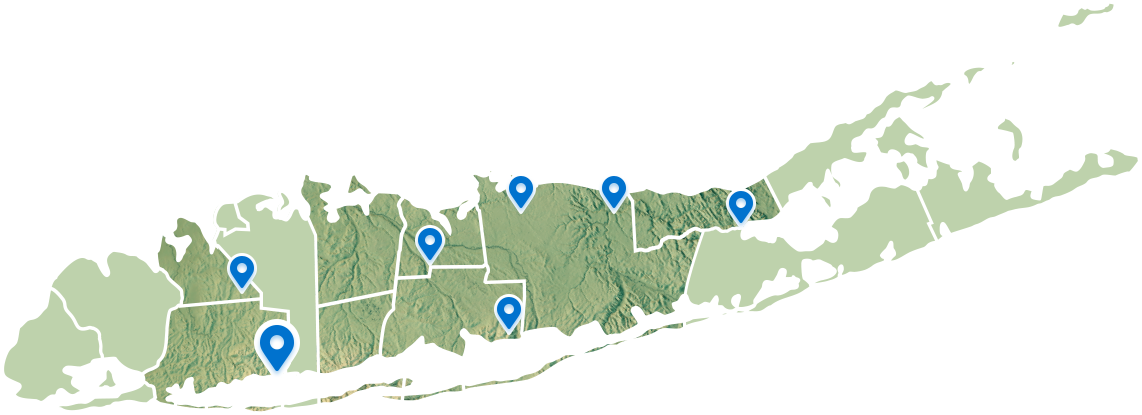

Our medical and surgical doctors team up for improved quality of life for those with chronic facial pain such as trigeminal neuralgia. At NSPC, our staff of pain specialists works to develop a comprehensive treatment plan specific to you. Proper diagnosis and innovative treatments such as restorative surgical procedures — can be transformative, find out for yourself.
What Is Trigeminal Neuralgia?
Trigeminal neuralgia is a very specific type of facial pain. Accurate diagnosis is critical because trigeminal neuralgia treatments are very different from other facial pain treatments.
Typical Trigeminal Neuralgia Features
Trigeminal neuralgia pains are sudden, sharp, severe, brief, and intermittent pains that can often be triggered by light touch. The pains are often described as radiating pains that feel like electric shocks, and the pains may go away for weeks, months, or even years. Patients usually experience these pains in the cheek or jaw, and usually only on one side of the face. The vast majority of trigeminal neuralgia patients can experience pain relief when taking Tegretol, an anti-seizure medication.
Atypical Trigeminal Neuralgia Features
In addition to the brief, sudden, severe facial pains, some trigeminal neuralgia sufferers may also experience other aches and pains in the face, and the pain may spread to the other side of the face, as well as the forehead. The pains may be very persistent and, rarely, they do not respond to Tegretol.
People with multiple sclerosis are more likely to get trigeminal neuralgia. For patients without MS, trigeminal neuralgia is usually caused by a blood vessel pressing on the trigeminal nerve in the brain, or, rarely, a tumor.

Neuropathic Conditions We Treat
We offer in-depth diagnosis and personalized treatment programs for neuropathic facial pain disorders and hemifacial spasms such as:
- trigeminal neuralgia,
- glossopharyngeal neuralgia,
- occipital neuralgia, and
- hemifacial spasm.
Trigeminal neuralgia is an intense facial pain, which can be sometimes triggered by something as gentle as a breeze. The pain has been described as stabbing, drilling, shock-like, and migraine-like. These sudden episodes may be just a few seconds but can occur numerous times within a 24-hour period. Episodes may cluster together and then can disappear–sometimes for months or longer. Often the cause is compression of the trigeminal nerve, usually an artery or vein and in rare cases, a tumor or other mass is the origin. Multiple sclerosis can also be a cause of facial pain, and sometimes the cause is unknown.
Trigeminal Neuralgia Symptoms
Trigeminal neuralgia (TN) affects either the left or the right side of the face (ipsilateral), but not usually both sides. Nor does TN cause neck pain. This severe face pain can be spontaneous and often is described as:
- shooting, stabbing or burning pain
- electric-shock like pain
- brief, acute and excruciating pain
These episodes can last seconds or minutes. The pain occurs at irregular intervals, although routine activities can trigger an episode:
- light touching of the skin such as being kissed or
- applying make-up
- teethbrushing
- drinking beverages
- shaving or washing your face
- talking or smiling
These painful trigeminal neuralgia symptoms can be very debilitating and can develop into facial tics, hence the condition is sometimes called tic douloureux.

Advanced Trigeminal Neuralgia Treatments in the Long Island, New York Area
Trigeminal Neuralgia Treatment Options with NSPC’s Dr. Michael Brisman.
Standard treatment for trigeminal neuralgia generally begins with medications such as antiseizure medicine. More aggressive treatments include surgery to alleviate the pressure on the trigeminal nerve or nerve blocks.
Microvascular decompression for trigeminal neuralgia is a surgical procedure that moves a vein or artery that is putting pressure on the trigeminal nerve and places a small cushion to buffer the two. Pain relief can be immediate and is considered a curative procedure.
Nerve blocks or nerve injury can be achieved through two minimally invasive, outpatient methods: a percutaneous rhizotomy or radiosurgery.
- A rhizotomy involves threading a needle through the cheek to the nerve and then using radiofrequency, glycerol or a balloon to injure the nerve and interrupt the pain signal.
- Stereotactic radiosurgery uses super-focused radiation to selectively damage the nerve, but the results can take a few weeks.
How Is Trigeminal Neuralgia Diagnosed?
An accurate diagnosis of your facial pain is the key to the best treatment plan for you. Many disorders and diseases can cause pain in the forehead, around the eye, or in the jaw or neck. Diagnostic neuroimaging such as an MRI (magnetic resonance imaging) or CT (computerized tomography) scan can help our neurologists determine if your TN is caused by damaged myelin from MS or a tumor compressing the nerve.
Having specialists in facial pain such as trigeminal neuralgia, glossopharyngeal neuralgia or vagoglossopharyngeal neuralgia, and postherpetic neuralgia diagnose your facial pain means you are more likely to have successful treatment results. At NSPC in Long Island, you can find internationally recognized experts in trigeminal neuralgia treatment and all the necessary facilities.
What Are the Treatments for Trigeminal Neuralgia?
Sometimes Trigeminal Neuralgia can go into spontaneous remission, often helped by anti-seizure medications.
At NSPC Brain & Spine Surgery (NSPC) (NSPC) in New York, we have expert doctors who specialize in treating trigeminal neuralgia, with the most advanced techniques available.
NSPC offers premier trigeminal neuralgia surgical treatments along with other facial pain treatment plans in the NY area, including New York’s Queens, Nassau and Suffolk Counties.
Trigeminal Neuralgia Differential Diagnosis in the Long Island, New York Area
Trigeminal Neuralgia Differential Diagnosis with NSPC’s Dr. Michael Brisman.
Diagnosis is typically made based on the patient's history, but an MRI is useful to see if there is a blood vessel, tumor, multiple sclerosis, or other abnormalities involving the trigeminal nerve.
Glossopharyngeal Neuralgia Treatment Options in the Long Island, New York Area
NSPC’s Dr. Michael Brisman describes glossopharyngeal neuralgia causes, symptoms, and treatment options, including medication, surgery, and nerve injury.

Convenient Long Island Locations for TN Treatment
Our New York metro locations offer state-of-the-art medical facilities with leading-edge treatments and the highest levels of expertise. Our seasoned neurosurgeons and pain management specialists have a large arsenal of sophisticated surgical procedures to treat your facial pain, so you can enjoy life again.



